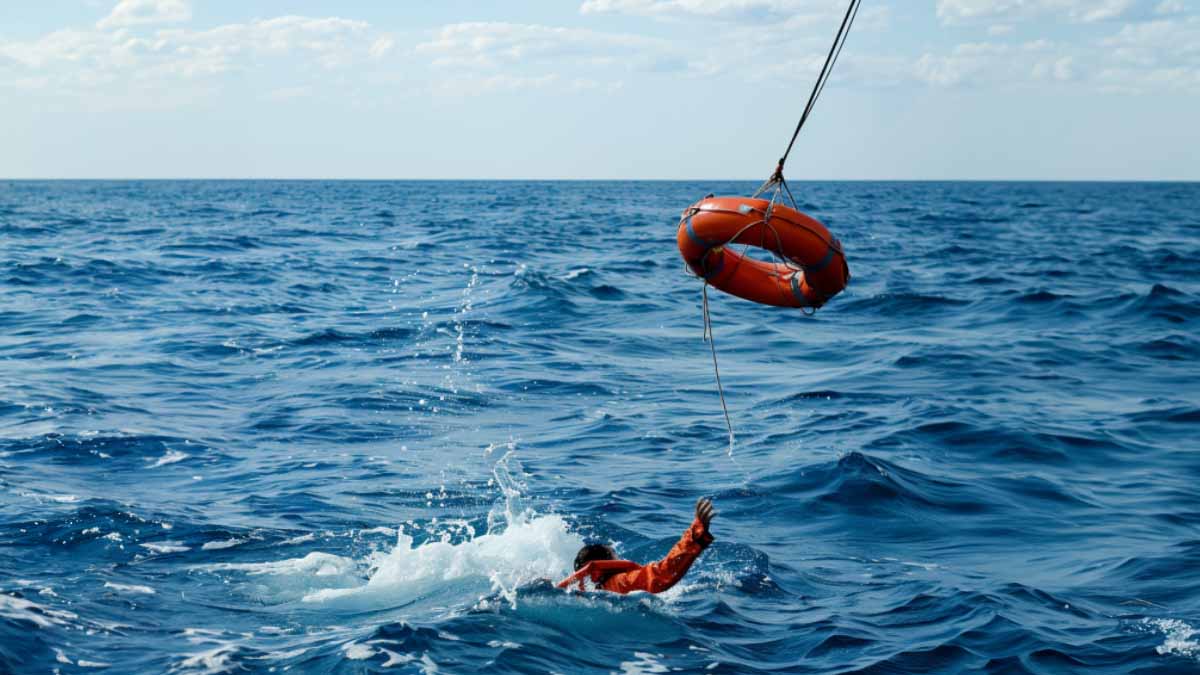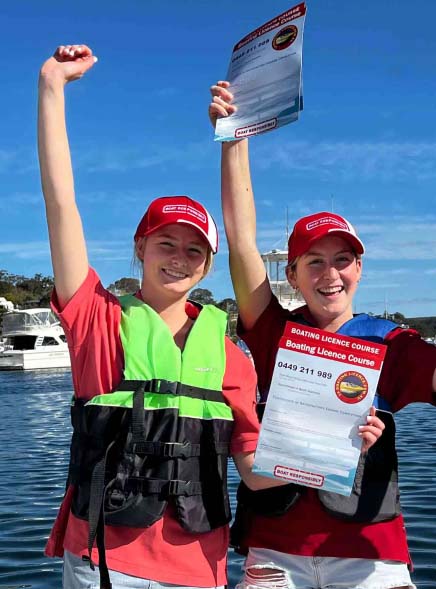What to Do in the Event of a Man Overboard Situation

A man overboard situation is one of the most critical emergencies that can occur when boating. Being prepared and knowing the right steps to take can make all the difference between a successful rescue and a potential tragedy. Let’s explore essential guidelines on what to do in the event of a man overboard situation, ensuring you are well-equipped to handle this challenging scenario.
1. Stay Calm and Alert the Crew
The first and most crucial step is to remain calm. Panicking can lead to disorganized actions and confusion. Shout “Man overboard!” loudly and clearly to alert the crew and everyone on board. Time is of the essence, and a quick response is vital.
2. Designate a Spotter
Appoint someone to keep their eyes on the person in the water. This spotter should maintain visual contact at all times, pointing and shouting to keep the person in sight. Use a buoyant object or a throwable life ring to mark the location where the person went overboard.
3. Initiate Man Overboard Procedures
– Press the Man Overboard Button: If your boat is equipped with a GPS-enabled man overboard button, press it immediately. This action marks the exact location and activates alarms on your navigation equipment.
– Throw Flotation Devices: Toss life rings, life jackets, or any other flotation devices toward the person in the water. These items provide buoyancy and can help them stay afloat while awaiting rescue.
4. Execute the Williamson Turn or Quick Stop Maneuver
– Williamson Turn: If you have clear visibility of the person in the water, execute a Williamson Turn. Turn the boat 60 degrees to port or starboard, then make a sharp turn in the opposite direction, bringing the boat back on the reciprocal course. This maneuver helps in returning to the person’s location.
– Quick Stop Maneuver: If the person is out of sight, initiate a Quick Stop maneuver. Immediately stop the boat, engage full rudder in one direction until the boat comes to a complete stop, then shift the rudder in the opposite direction. This maneuver creates a circular path, increasing the chances of locating the person.
5. Deploy the Lifesaving Equipment
– Life Raft or Rescue Sling: If the person remains out of reach, deploy a life raft or a rescue sling to safely pull them onboard without risking further injury.
– Lifejacket or Harness Tether: Attach a life jacket or a harness tether to the person if you’re unable to retrieve them immediately. This provides additional buoyancy and ensures they remain afloat while you maneuver the boat for a successful rescue.
6. Communicate with Authorities
– Call for Professional Help: Contact local coast guard, marine rescue services, or emergency services to inform them about the situation. Provide precise information about the location, the number of people onboard, and the condition of the person in the water.
7. Administer First Aid Upon Recovery
Once the person is safely back onboard, assess their condition and administer first aid if necessary. Even if they appear fine, monitor them closely for signs of hypothermia, shock, or any other medical issues.
Conclusion:
A man overboard situation demands swift action, clear communication, and a coordinated response from the crew. By staying calm, following the proper procedures, and using available lifesaving equipment, you can significantly increase the chances of a successful rescue. Preparation, vigilance, and quick thinking are the key elements in handling this critical emergency. Remember, practicing man overboard drills with your crew can enhance your response skills and ensure everyone knows their roles, making your boating adventures safer and more enjoyable for everyone on board. Stay vigilant, stay prepared, and boat responsibly!

Bonus step: get your licence
Man overboard is a serious boating emergency. A good outcome will depend on the level of responsibility and knowledge of the skipper.
Our SA boat and jetski licence courses are delivered by experienced and accredited trainers who provide in-depth education to not only pass the licence exam, but to also stay safe on the water.
To get your licence, you can book online or reach out to our friendly office team on 0449 211 989.